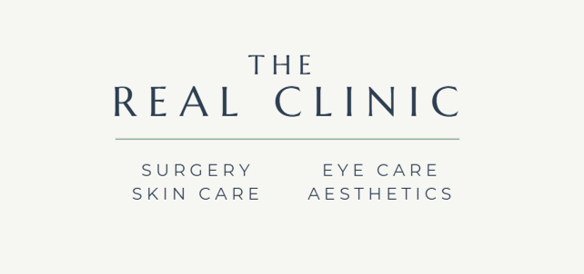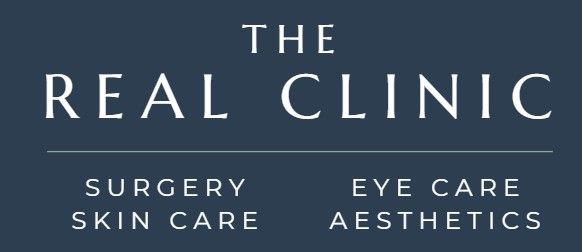TREATMENT
REFRACTIVE LENS EXCHANGE
Visual concerns can affect many people, and changes to quality of vision will often develop further slowly over time. Presbyopia and high hyperopia (farsightedness) are very similar conditions whereby the affected person has difficulty focussing on nearby objects. This concern can be as a result of ageing, often experienced when a person reaches their early to mid forties. Refractive lens exchange is often found to be an effective way to improve these concerns, which can be undertaken to help sharpen focus and reduce the need for wearing glasses.
1-2 WEEKS
DEPENDENT ON TREATMENT

RECOVERY
ANAESTHETIC
LONG TERM

DURATION
45-60 MINS
TIME TAKEN


TIME TAKEN
DURATION
ANAESTHETIC
RECOVERY



45-60 MINS
LONG TERM
DEPENDENT ON TREATMENT
1-2 WEEKS
The procedure involves removing the eye’s clear lens and replacing it with an artificial intraocular lens (IOL). Depending on your concerns, one of three IOL’s may be used: Monofocal fixed IOL – providing clearer vision at either, distance, near range or intermediate; Multifocal IOL – providing clear vision at different distances as required; or Accommodating IOL – providing clear vision at multiple distances as the eye moves. The new lens is not noticeable and is designed to provide a permanent solution.
Our Ophthalmology treatments are carried out under general anaesthetic. Here at The REAL Clinic, we use total intravenous anaesthesia as it has greater potential benefits compared to other forms of anaesthesia. Intravenous anaesthesia is more rapid in onset, and elimination which allows for speedier recovery. Further benefits include; increased haemodynamic stability (stabilised blood flow), decreased risk of organ toxicity, decrease in surgical haemostasis (bleeding), reduced risk of postoperative nausea and vomiting, and improved, more predictable recovery.
LEARN MORE ABOUT REFRACTIVE LENS EXCHANGE
QUESTIONS ABOUT REFRACTIVE LENS EXCHANGE
-
What are the side effects?
The eyes will feel sensitive while they heal, which may take several weeks. During this time, periods of blurred vision, glares, halos and a scratchy sensation may be experienced. Our follow-up appointments will monitor your progress during healing and we will advise when to resume certain activities; for example: you may be able to drive after 1 week.
-
How does this treatment differ from the treatment for cataracts?
Refractive Lens Exchange is carried out in the same way that the treatment for cataracts is performed. The lens of one or both eyes (although not during the same procedure) is removed in order to improve a person’s vision. However, the difference is that the lens when affected by cataracts is cloudy, as opposed to being clear like in cases of presbyopia and high hyperopia.

RELATED TREATMENTS
WOULD YOU LIKE A LITTLE EXTRA HELP?
If you’re not sure what treatment you need, or you would just like a chat to get some advice, give our team a call or drop us a message and we’ll be happy to help.






